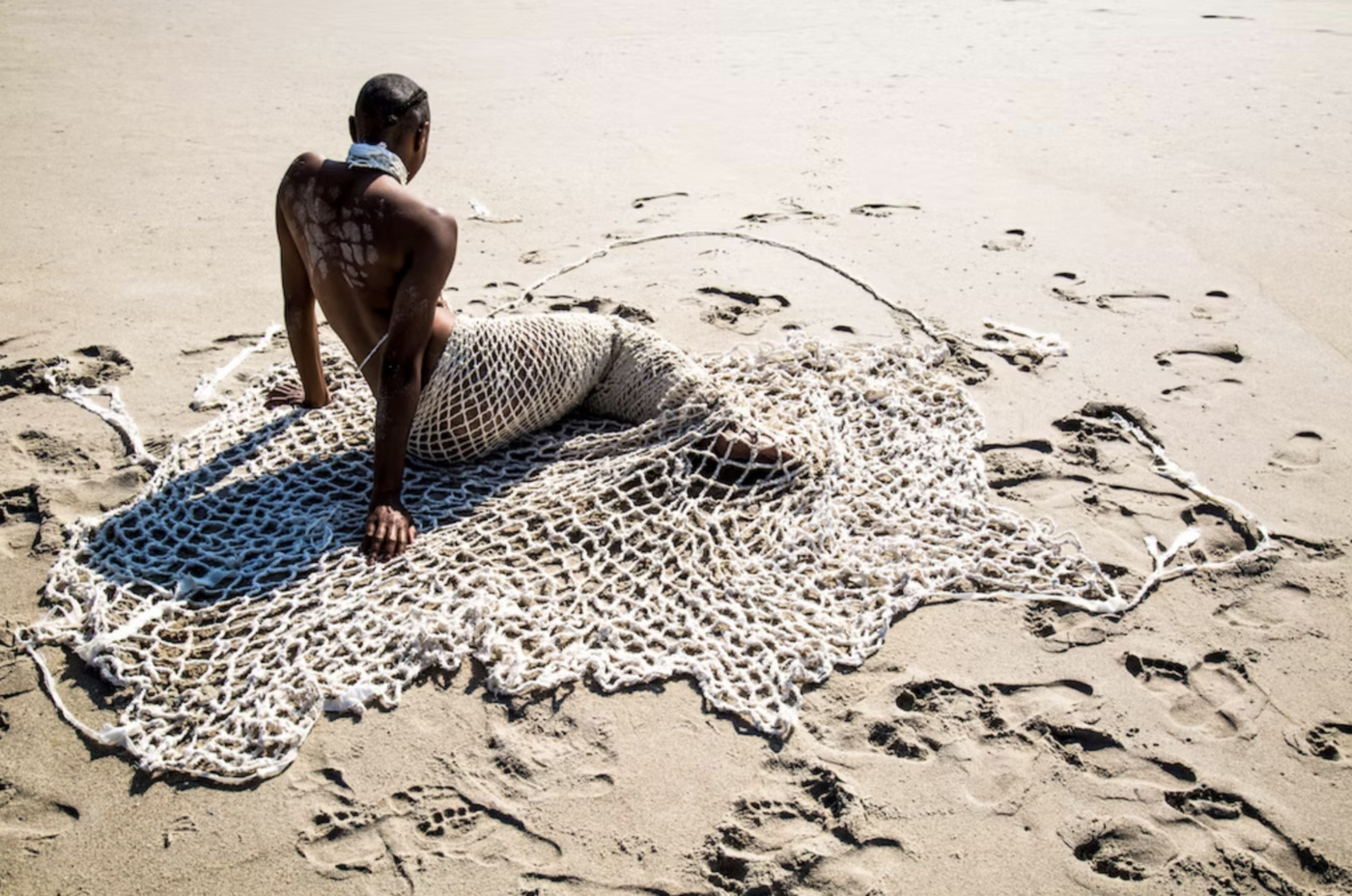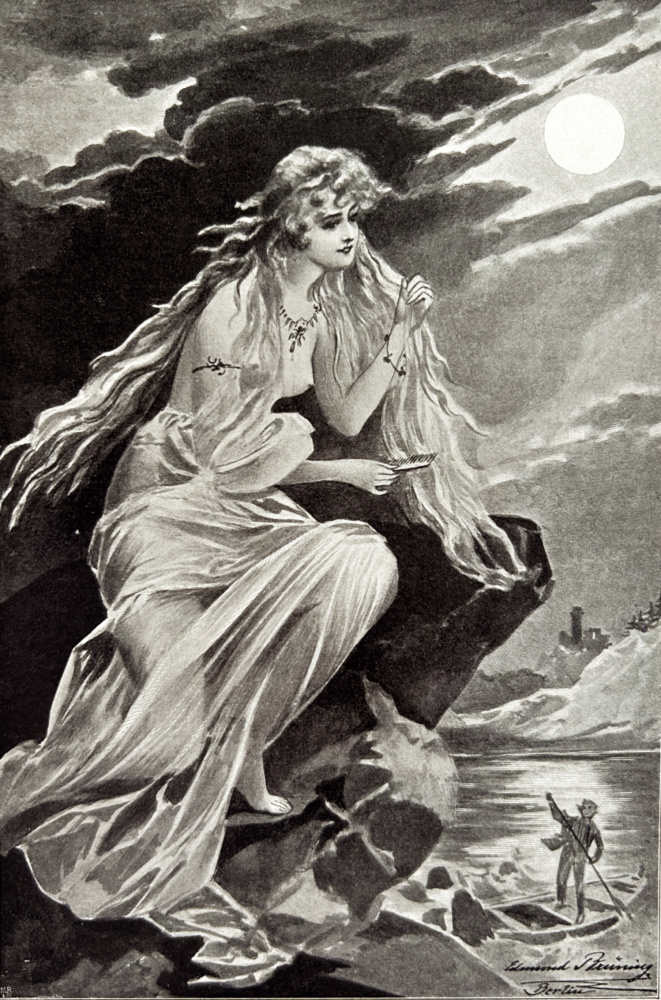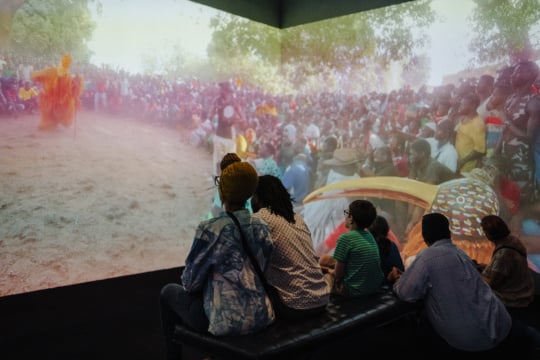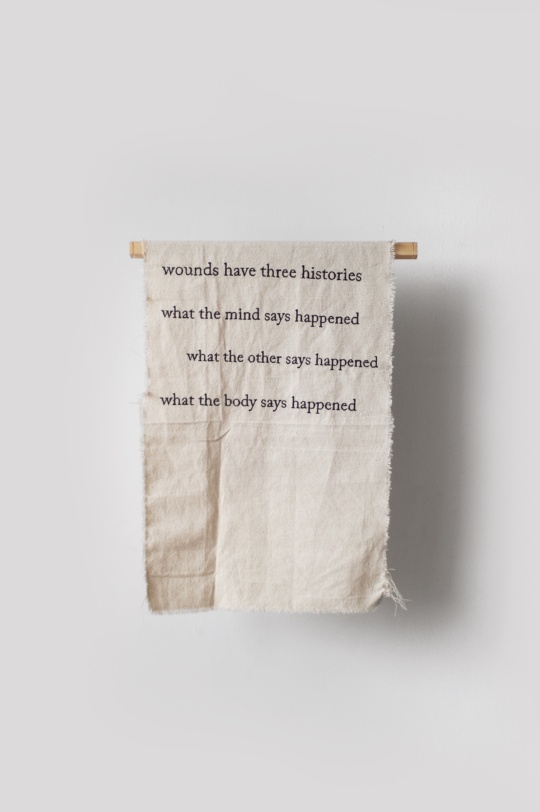
“Ich weiß nicht, was soll es bedeuten, dass ich so traurig bin.”[2]
“I do not know what it means that I am so sad.”
I was 11 years-old when I first recited the haunting melancholy of Heinrich Heine’s nineteenth-century poem “Die Lorelei” (1824). In a year’s time, I would have my first boyfriend, marking the beginning of fourteen years of serial monogamy, each relationship unfolding against the backdrop of familial strife. Since then, Heine’s words have been etched into my brain. I couldn’t verbalize then what it meant to be sad for no reason—a desire for validation, acceptance, and love that I did not know how to gift myself. Yet, I learned to perform the poem’s grief, standing in front of a classroom or a judge’s table at German poetry competitions across Florida, letting those first tentative words open into the pain that had sat dormant inside me, and that I would come to recognize intimately over time.
The siren in Heine’s poem sits high on a rock, singing, not to beckon, but to mourn. Her song is misread by the boatman, who assumes it was meant for him. He crashes on the rocks trying to claim what was never calling him. A lament becomes a summons only because someone chooses to hear it that way. And in turn, the siren’s sadness is eased with the validation of response.

In Miami-based artist Ọmọlará Williams McCallister’s1 Fishers of Men (2016), Williams McCallister’s mermaid tail, hand-woven from muslin scraps gathered while traveling, is a vessel of mourning. Williams McCallister reframes the net: What happens when the fish becomes the fisher? The net has been long thought of as a symbol of capture and conquest, but here, Williams McCallister adorns the body with it, subverting it as a tool of memory, care, and resistance. Desire, especially the kind that attaches itself to Black femme bodies, rarely asks permission. It assumes. It projects. And the siren—whether in poem, in protest, or in fiber—must hold the line between wanting to be seen and refusing to be consumed. In this way, Williams McCallister’s work performs a visual echo of “Die Lorelei”: an act of grief cloaked in myth, calling out to transform.
In the cosmology of the Yorùbá people—Williams McCallister’s paternal lineage—Yemọja is the mother of all orisha, goddess of the oceans and protector of the lost. She is the river that becomes the sea, the one who governs deep emotion and healing. Yemọja’s waters cleanse and carry; she lures to cradle what the world has discarded. Yemọja’s spirit lingers in every scrap of Williams McCallister’s muslin, rethreaded into a form that mourns and mends.
The tail/net in these images is a textured, handcrafted form that evokes both fragility and entanglement. Made of braided and knotted muslin, it drapes along the sand like a shed skin—organic, sinuous, and heavy with the weight of its own making. The structure resembles a fisherman’s net, but instead of utility, it communicates vulnerability, the artist’s flesh visible through its holes.
In one image, the net trails behind the artist’s figure, pooling like a ghostly appendage, tethering Williams McCallister to the ground. It is worn as burden, an extension of the self that must be carried. In another, it stretches across the frame, delicate and unraveled in places, a record of touch and time. The labor of its creation is visible in every seam, suggesting care but also confinement.
The tail renders the body simultaneously mythical and stranded: a siren without agency, cast ashore, mistaken for magic while bound by the reality of being looked at, misunderstood, and left to wait.

The net, in Christian allegory, is a symbol of salvation and power. Christ told his disciples to become “fishers of men,” a call to spread the gospel, to gather people into the fold. But the net is also a tool of domination: It captures, entangles, renders those ensnared helpless. Williams McCallister reclaims this web. In Fishers of Men, the artist does not throw the net; Ọ is the net. The muslin tail, delicate, pieced together from scraps of fabric and memory, calls viewers to listen. It is not the fisherman’s weapon, but the siren’s skin.
At the idea’s inception, Williams McCallister was assisting on the monumental Question Bridge: Black Males project (2012), created by Hank Willis Thomas and Chris Johnson in collaboration with Bayeté Ross Smith and Kamal Sinclair. The five-channel video installation features recorded questions and answers between Black men across the United States. Simulated dialogue between strangers, the project creates a tapestry of Black masculinity that is layered, vulnerable, and deeply personal.
When Williams McCallister watched the first edit of Question Bridge, Ọ was overwhelmed: “It was happy, it was funny, it was sad. . . . It was a heart attack.”[3] Watching the footage, surrounded by memories of Williams McCallister’s own family, Ọ realized Ọ had never seen that kind of nuanced, collective representation of Black womanhood. Ọ didn’t know what the equivalent would look like—but Ọ knew that Ọ had to start making.
And so, Fishers of Men was born.
In 2011, seated on the floor of Ọ’s mother’s house in Connecticut, Williams McCallister began braiding scraps of muslin into long, tenuous strands. Ọ had never made fishnet before. Yet each strand carried traces of past lives: scraps salvaged from elsewhere, now bound together in pursuit of a new form, as devotional labor.
Wherever Ọ traveled, the work traveled too. It sat tucked into a small bag, ready to spill out across Ọ’s lap, Ọ’s makeshift studio. In Sarasota and later Miami, in the wake of the death of Ọ’s best friend’s fiancé, Ọ continued braiding. The piece grew, was picked apart, rebraided, and made whole again.
By 2016, the work found its first real breath on a deserted stretch of beach in the northeast. Just before dawn, Ọ met Ọ’s friend and photographer Chris Myers at a Chinatown bus stop. On the New Jersey sand, Ọ stepped into the muslin tail and became the net itself allowing the weight of it to drag behind. Myers clicked the shutter even while chatting with the police, who questioned their permit-less shoot. In these images, the net no longer serves as a tool of capture but as skin, delicate and siren-like, subverting the fisherman’s snare.

Williams McCallister’s practice is rooted in improvisation, protest, and geographic movement. It is itself a kind of mourning ritual, created in motion, in conversation with communities, across Black geographies. Worn or displayed, the tail functions as both lure and shield, drawing viewers into a narrative that refuses easy resolution.
Williams McCallister’s entry into contemporary art didn’t come through traditional channels, though Ọ attended Columbia University. “I had a grounding in art, but Columbia’s core curriculum was all Western. Everything was Western, and everything was white,”[4] Ọ reflects. It wasn’t until Ọ found themselves collaborating with Black artists—being in rooms with them, not just their work—that they realized art could be different.
The tail reflects this rupture. It’s a break from canon and a return to the body. Unlike the pristine, polished objects that often populate galleries, Fishers of Men bears the marks of being made in the middle of life, imperfect, iterative, stitched from scraps. It carries the labor of its making. It tells on its maker.
And it tells on the viewer too.
Because like the siren in “Die Lorelei,” the tail is often misread. Its presence is taken for an invitation. This is the violence of projection: I was not calling—you just decided I was. Now I have to deal with your desire.
Grief, when made visible, is often mistaken for something else. For performance. For availability. For something that needs to be interpreted, rather than simply witnessed. Williams McCallister resists that impulse. Ọ’s tail defies performative femininity—it is an artifact of survival. The muslin is soft but sturdy. The shape is mythic but personal.
Williams McCallister’s mermaid tail redefines mourning. It transforms the siren from object into author. The net no longer traps; it testifies. The body no longer lures; it laments. There can be power in the stillness of suffering, without the need for saving.
This is the violence of projection: I was not calling—you just decided I was. Now I have to deal with your desire.
When I return to Heine’s poem now, I recite it differently. I hear the siren’s wail as a powerful force. She is misread, and that is not her burden to carry. She names herself. She does not sing for salvation, but because the song is hers to give. Grief attracts grief, it’s true. But maybe that’s not a curse. Maybe it’s a guide to our own healing.
As a young person, I performed “Die Lorelei” as a dramatic recitation. I didn’t yet know that I, too, would one day become a siren—calling out from my own cliffs of heartbreak, whispering Heine’s words as my own siren song to lovers in the dark, seeking to be held by undeserving seamen. I didn’t yet understand that grief is a song that performs itself in the body: in tears, in silence, in hands that continue to weave even after the loss. In adulthood, I’ve watched my own grief shift—from personal heartbreak to collective mourning. The deaths of friends and family, the erasure of histories, the quiet exhaustion of resisting systems that demand silence. I’ve seen how grief gathers, how it builds into a kind of chorus. And in that chorus, I hear the sirens.
Williams McCallister’s work offers no neat moral. The mermaid is not saved. The fisherman does not repent. But the story changes. Williams McCallister wears the net. The myth is not about conquest, but about communion. It reminds us that grief is not weakness, but witness. To name sorrow, to give it shape through rhythm and rhyme or muslin scraps, is to claim control over it, however ephemeral. Even if only briefly, form offers protection.In this way, Fishers of Men is a siren song for the present. It calls out to remind us of the depth of feeling that survives even in the face of violence. To insist that mourning is a form of magic, and making a form of resistance.
[1] Mcallister’s pronouns are Ọ, love, and beloved.
[2] Heinrich Heine, “Die Lorelei,” in Buch der Lieder (Hamburg: Hoffmann und Campe, 1827), poem 16.
[3] Ọmọlará Williams McCallister, interview by Alexandra Martinez, May 8, 2025, Miami, Florida.
[4] Ọmọlará Williams McCallister, interview by Alexandra Martinez, May 8, 2025, Miami, Florida.





